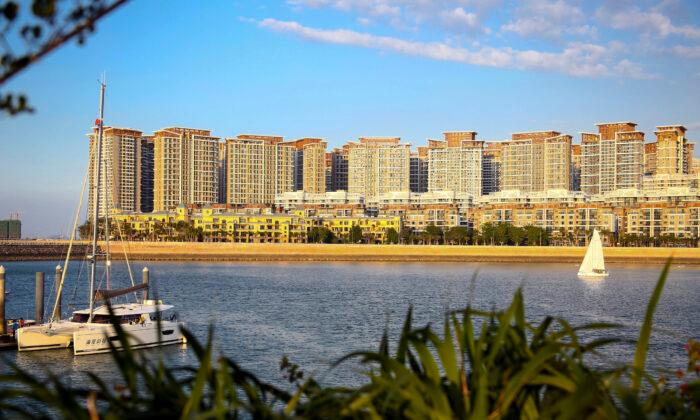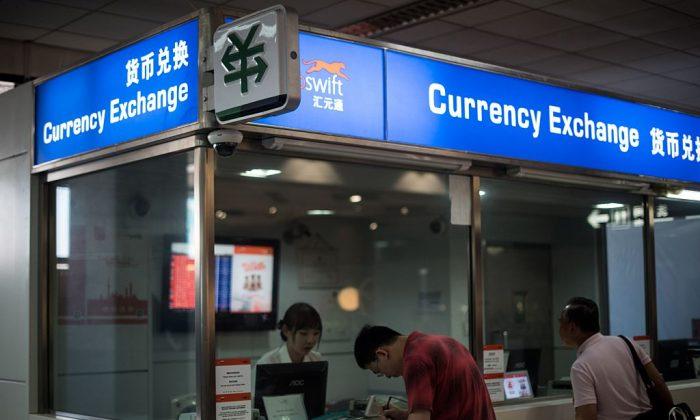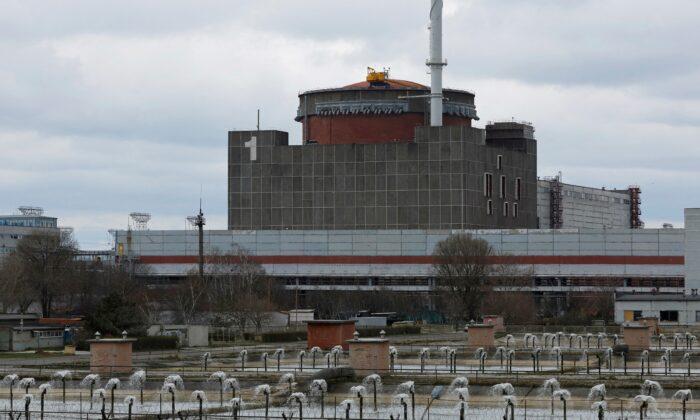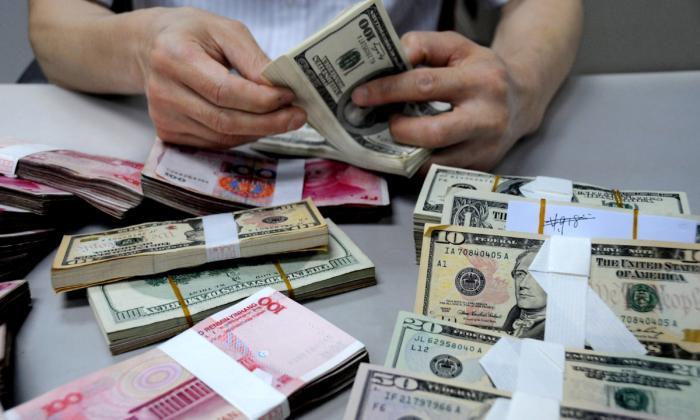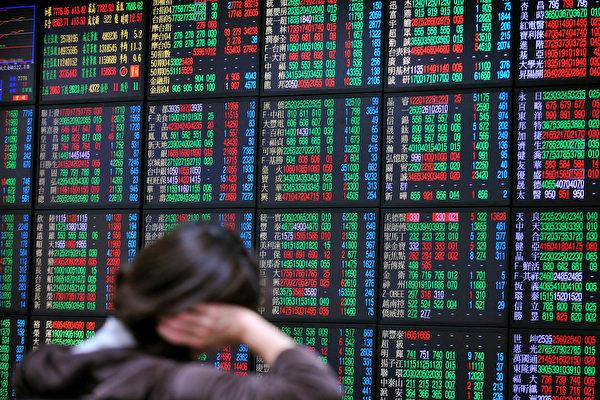Before resuming trading on Jan. 4, China’s troubled real estate giant Evergrande Group issued a notice disclosing a letter of decision it received from Danzhou City, Hainan Province, five days earlier. The letter ordered the demolition of 39 high-rise buildings on Ocean Flower Island, the company’s star project, to rectify damages to the marine environment incurred by the company.
Ocean Flower Island, the largest artificial island in the world, is actually made up of three separate artificial islands. Island 1 mostly contains hotels and amusement parks, such as Children’s World, Water Kingdom, Ocean Paradise, and an International Conference Center—28 businesses in total. Island 2 and Island 3 are mainly reserved for residential use. According to Evergrande’s website, the islands took 12 years to build, at a cost of hundreds of billions of yuan.
In August 2013, Oriental Outlook, a magazine run by Xinhua News Agency, reported that Lin Dong, mayor of Danzhou City at the time, was the contact person for the Ocean Flower Island project. Dai Wenda, the director of Danzhou City’s Department of Marine and Fisheries, was quoted as saying that the Ocean Flower Island project was “a key project in Hainan Province” and “the procedures for use of the sea area have been approved by the central government. There is no problem with the procedures.”
Violating Regulations
Ever since the high-profile reporting on Evergrande’s Ocean Flower Island on China Central Television and in several dozen paper media in November 2015, reports of Evergrande’s violations of regulations in building the island have appeared online and in the press.The illegal operations began with the initial reclamation work. CaiXin Weekly, a Chinese magazine, revealed in its 29th issue in 2017 that Evergrande Group had started reclamation work before obtaining permission to use the sea. On March 25 and Aug. 30, 2013, Ocean Flower Island was granted the certificate and number of sea use rights by China’s State Oceanic Administration. But several local residents said they had witnessed the start of the reclamation project as early as 2012, which is consistent with the construction date disclosed in the news by the Tianjin Waterway Bureau Co., Ltd., the first company to enter Ocean Flower Island.
Ocean Flower Island remained a key project promoted by Hainan authorities between 2016 and 2020. But according to the official report, the 783-hectare (about 1,824 acres) reclamation of Ocean Flower Island has damaged the marine environment with “extensive coral reefs and white butterfly shells destroyed by the construction of the project.” In 2017, the Central Environmental Protection Inspection Team described the island as “making fortunes, destroying the ecology” and recommended that Hainan Province make ecological repairs. However, Evergrande “settled” and continued the construction with a penalty of 215 million yuan (about $34.4 million).
Previous Violations
This is not the first time Evergrande’s Ocean Flower Island has been asked to demolish existing projects. On Oct. 24, 2020, China’s Department of Ecology and Environment announced their second round of the Ecological Protection and Rectification Plan in Hainan Province.According to the Rectification Plan, the first round of inspections had made it clear that Evergrande’s illegal construction projects within the sea area should be stopped and resumed only after the required rectification was in place. However, Evergrande’s subsidiary Ocean Flower Island Company failed to comply with requirements. By July 2019, it had built four culvert pipe bridges in violation of regulations, and formed an illegal area of 369 hectares (approximately 912 acres) of sea.
The Plan also said that although Danzhou City punished the company from August 2017 to June 2018 for illegal activities such as construction without approval, it allowed the company to continue its construction work. Regarding its use of land, slated for tourism infrastructure, for real estate development, Hainan Province asked Danzhou City to adjust and optimize the construction plan, but the planning had not been approved by the time of inspection. The company continued to build 39 new residential buildings on Ocean Flower Island in 2018, while the Danzhou City’s Ecological Environment Department was providing it with additional Environmental Impact Assessment procedures.
The Rectification Plan called for removal of the four culvert pipe bridges, restoration of the public sea properties, disposal of 39 residential buildings, regulation and implementation of ecological restoration, and elimination of safety hazards on the island.
According to an official notice issued in November 2021, the #3 and #4 culvert pipe bridges of the Ocean Flower Island project were demolished and other demolition work was in progress.
Collusion Between Government and Business
“Ocean Flower Island is a typical example of collusion between government and business under the CCP’s rule,” Li Yuanhua, former associate professor at the College of Education and Science of Capital Normal University, told The Epoch Times on Jan. 6. “The fact that the project was approved in the first place shows that some administrative departments were turning a blind eye. Why is this being brought up now? This is related to the power struggle within the CCP. Evergrande’s days are over.”Li said that Evergrande wasn’t part of Xi Jinping’s faction to begin with, and now it has lost its political supporters. Some of the high-level backers have stepped down or were sent to prison, so bribes are no longer possible.
Commenting on the 10-day deadline to demolish 39 buildings, Li said: “The CCP is just a brutal rogue. The CCP’s cruel officials consider persecution of others as acts of boldness in their jobs.”
When Evergrande had money and support, it might have offended some people, Li said. It’s also possible that some didn’t receive any benefits, and now these people are handling Evergrande without any fear.
